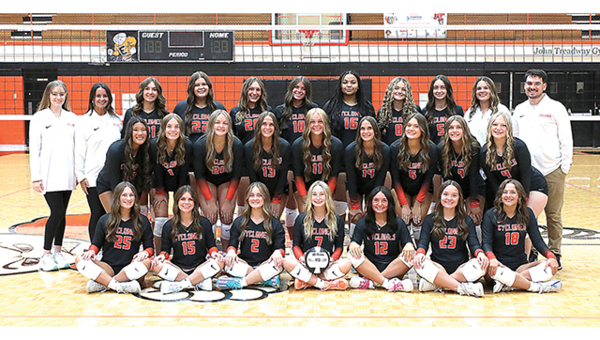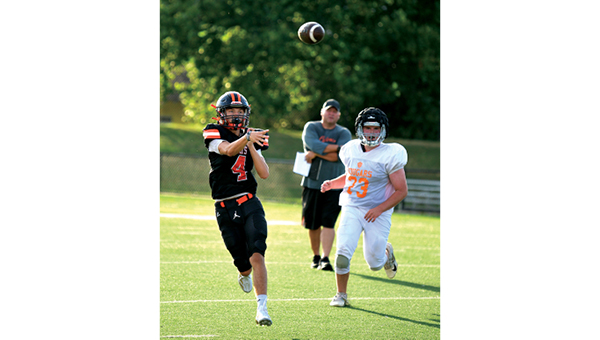East Tennessee Outdoors: Coyotes
Published 12:20 am Friday, February 7, 2020


BY DANNY BLEVINS
STAR CORRESPONDENT
Some days I feel like I live in a wildlife sanctuary, especially this time of year. The deer that have survived the hunting season graze in the woods around my house and the fields next to me.
Trending
Squirrels scamper around my bird feeder and steal what they can, and hawks circle overhead looking for that mouse or ground squirrel that has ventured too far from its hole.
I appreciate all of them and the role they play in nature’s plan, but there is one animal that causes my blood to boil. It is the coyote.
The coyote has been called the most hated animal in America and I can see why. They are a menace to almost every other animal in the forest.
Yes, they look like a common house pet, but trust me, these animals can be the scourge of the forest. They will kill and eat almost anything they can, and though it is rare, they have even killed human children and babies.
Once found only in the western states, the coyote has moved east, north and south over the last few decades until it is found today in every state in the union except Hawaii.
They are a master predator that have few enemies and are willing to adapt to almost any place and almost any environment.
Trending
They are omnivores and will eat almost anything including fruits, berries, and bugs. Their main foods, however, are small forest animals such as mice, squirrels, grouse, voles, moles, and rabbits.
They will also hunt and kill deer fawns and can decimate a deer herd in just a few years by killing and eating most of the fawns. One study concluded that coyotes kill an average of 60-80% of fawns every year in some areas of the country, and this is having a giant impact on deer populations.
This is not even taking into account the other game species they kill and eat. Grouse, squirrels, rabbits, and turkeys are vulnerable, especially the young from these species.
But the coyote will go beyond wildlife to find food. They will kill and eat dogs, cats, calves, lambs, chickens and other farm animals. They will even come onto porches and eat the dog or cat food you have put out for your pets.
One day I was sitting on my mother’s front porch and suddenly we saw a coyote running through my mother’s field carrying a house cat in its mouth. One of our neighbors had just lost one of their cats to these menaces of nature.
One study concluded that as much as 15% of a coyote’s diet is domestic and farm animals including dogs, cats, poultry, and lambs.
Coyotes reproduce each winter and can have up to 10 or 12 pups in each litter. Since coyotes can live to be 10 years old in the wild and have few natural enemies, two healthy coyotes can saturate an area with their offspring.
This, along with their ability to adapt and eat almost anything, has allowed them to spread their range even into and around big cities like New York City, Chicago, and Philadelphia.
But what can be done about these predators? Studies have been conducted that says killing wild coyotes will increase the fawn survival rate and the population of other prey animals such as turkeys, grouse, squirrels, and rabbits.
The Tennessee Wildlife Resources Agency has an open season on coyotes, and they can be shot whenever you see one. Other states have organized hunts just to kill these predators.
It is estimated that over 500,000 coyotes are killed each year, and these harvests have slowed their population growth down slightly.
The best course for all of us who enjoy all of nature’s critters is to harvest a coyote when the opportunity presents itself. By killing just one coyote, we will help the survival of many other animals such as deer, turkey, squirrels, grouse, and house pets.
As for the coyote you may shoot, it will not be wasted. Coyote furs can be sold during the winter months, and the meat from a coyote you leave in the mountains will go a long way in feeding animals who rely on carrion for the main part of their diet.
It seems that coyotes are here to stay, but hunters can make a difference by removing some of these killing machines and helping nature keep its delicate balance.








